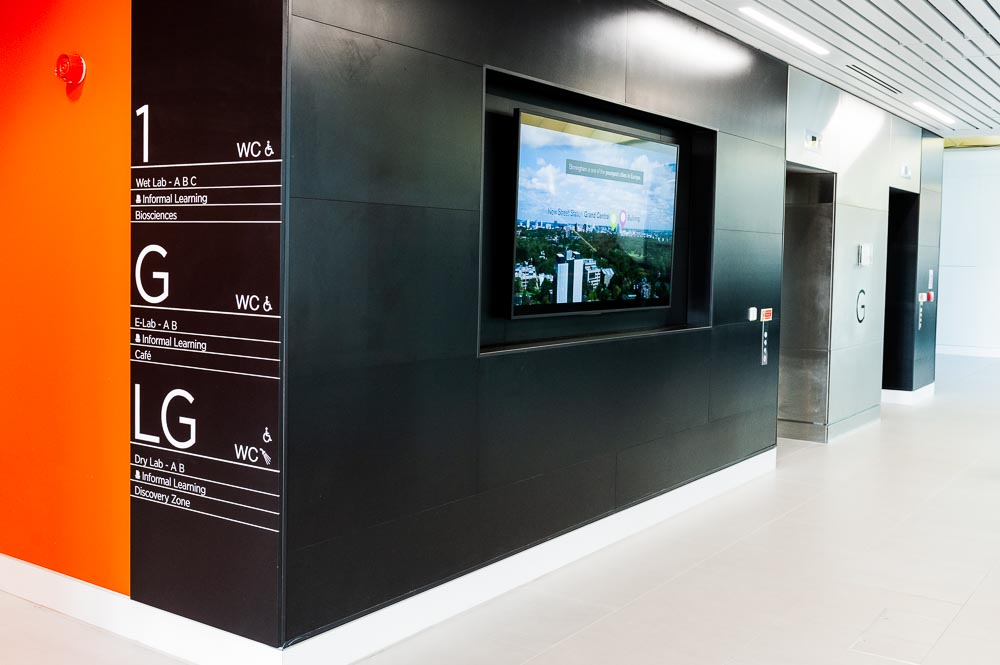Branding literature might suggest that bigger, bolder statements attract more attention. Shout it loud or hang it high, make you brand stand out, because there are plenty of others on the market that will do it if you don’t. But there has to be a ceiling at which the volume of a brand is no longer the reason it gets noticed. It isn’t feasible to continually operate a brand at volume 10, otherwise there is no differentiation during campaigns. It becomes continual, annoying noise.
The British Design Council – the UK body that works with companies to establish best practice in all aspects of signage – have well-defined views on the manifestation of branding values.
Branding is about the associations that we form with companies we may either use or have an understanding of, and the best types of branding make those companies or products instantly recognisable to us. They may have images, pictures, wording, messages, or even just a text style that we see, or hear, and reinforce that connection. Think of Nike, the sports footwear manufacture. Their logo is a simple tick, but as soon as you see it, the word ‘Nike’ pops into your head. The same goes for the Coca Cola font – it becomes instantly recognisable, even if it is used to create another word, such as ‘Enjoy’. The font and colour scheme itself is sufficient to make you think of the product, and that is a powerful way to reinforce your values and your products.
The message and style captures the attention and makes a person think expressly of that brand. And once they have made an association, they tend to sub-consciously desire the product.
Many of the most recognisable brands have been established for decades and enjoy substantial marketing budgets, but newer companies hoping to break into a market have to consider how they brand very carefully. There is a tendency to simply deluge the market with big and brash but that isn’t always practical. Office and advertising space are expensive commodities, and simply throwing money at these will soon exhaust a small, emerging company’s finances. So how best to proceed and still get good value payback on your advertising and branding?
Perhaps this is where sign design becomes a differentiating factor as part of a branding scheme. What can you do to make your signage stand out without spending a fortune?
Branding schemes should focus on shapes, colour and form and make those prominent. Red colours exude confidence, youth, and power. Blues offer trust, security, and stability. Greens suggest peace, growth, and health. Squares and rectangles mean discipline, strength, courage, security, reliability. Circles, ovals, and ellipses suggest eternity, female, universe, magic, mystery. If you pick abstract shapes, you promote duality of meaning and uniqueness.
If you are considering new office signage, and would like some input on the impact of branding on signage design, speak to one of our consultants.



